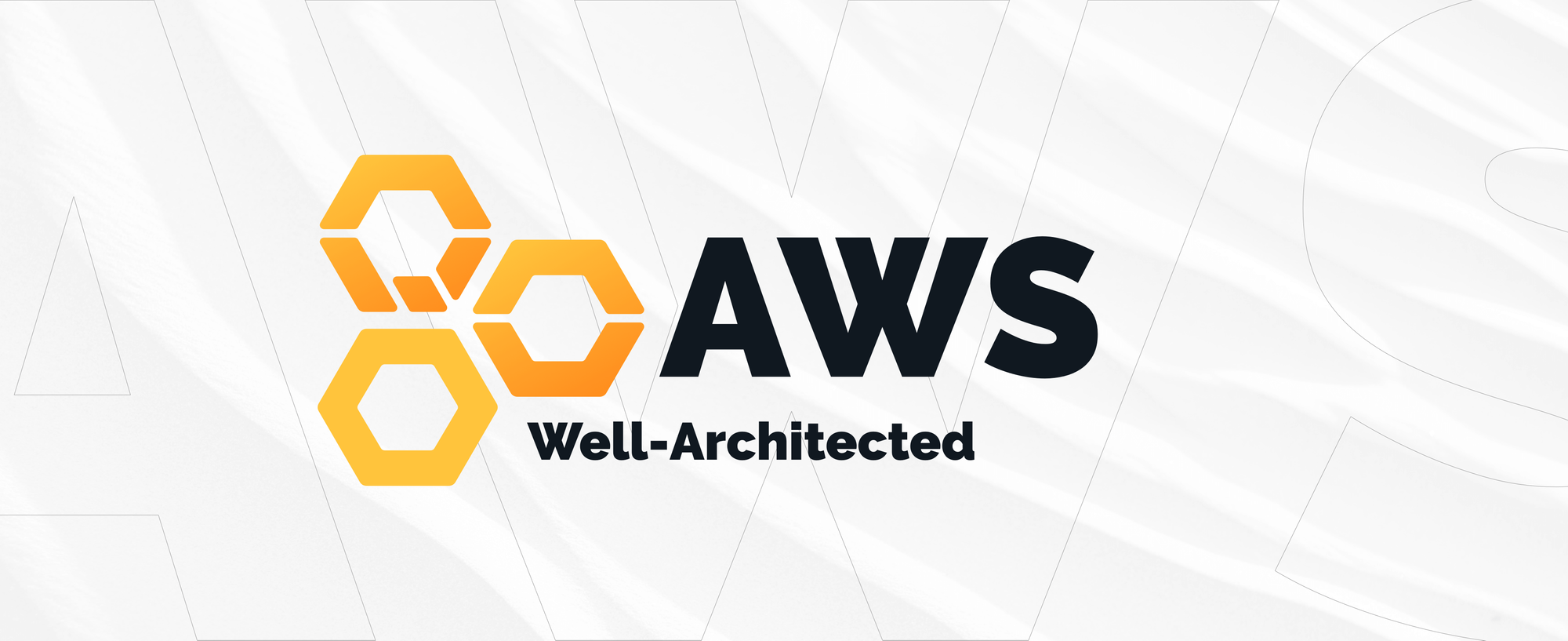Understanding the AWS Well-Architected Framework: A Complete Guide in Plain English

A clear and practical explanation of the AWS Well-Architected Framework, its purpose, design principles, and how it helps you build reliable, secure, efficient, and cost-effective workloads in the cloud.
Understanding the AWS Well-Architected Framework
If you’re building systems in the cloud, you’ve probably heard of the AWS Well-Architected Framework. But what exactly is it? Why does it matter? And how can it help you build better systems?
Let’s break it all down in plain, simple terms.
Why Does the Well-Architected Framework Exist?
When companies move to the cloud, it’s easy to move fast—but just as easy to overlook critical decisions. Poor choices in security, cost, performance, or availability can lead to fragile systems and unnecessary spending.
The Well-Architected Framework (WAF) was created by AWS to help cloud builders avoid these pitfalls. It offers a structured approach to:
- Evaluate your architecture
- Identify and prioritize risks
- Apply proven best practices
It’s based on real-world experience from thousands of cloud projects.
What Is a Workload?
Before going further, let’s define one key term: workload.
In AWS, a workload refers to any collection of resources and code that delivers business value. That could be:
- A website
- A mobile app backend
- A machine learning model
- A reporting system
- A serverless API
If it runs in the cloud and serves a business purpose, it’s a workload.
The Well-Architected Framework is designed to help you review and improve each workload individually, since different workloads often have different goals, constraints, and risks.
What Is the AWS Well-Architected Framework?
The Well-Architected Framework is a set of guiding principles, best practices, and structured questions to help you design and maintain cloud workloads that are:
- Secure
- Resilient
- Efficient
- Cost-effective
- Easy to operate
- Environmentally responsible
These concepts are organized into six categories called pillars.
The Six Pillars of the Framework
1. Operational Excellence
How well do you run your systems? Can you monitor and recover quickly? Can you release changes safely and improve over time?
This pillar focuses on automation, monitoring, incident response, and continuous improvement.
2. Security
Are your workloads protected? Are you managing permissions and encrypting data?
This pillar includes identity and access management, threat detection, data protection, and secure infrastructure.
3. Reliability
Will your system continue working when something fails? Can it recover from disruptions?
This pillar ensures workloads are fault-tolerant, backed up, and can scale with demand.
4. Performance Efficiency
Are you using the right resources at the right time? Are you optimizing response times and throughput?
Topics include choosing the right instance types, autoscaling, caching, and experimenting with new technologies.
5. Cost Optimization
Are you spending your budget wisely? Are you avoiding waste?
This pillar encourages rightsizing resources, using pricing models effectively, and monitoring usage to reduce costs.
6. Sustainability
How energy-efficient is your workload? Are you minimizing its environmental impact?
This pillar promotes design choices that reduce resource consumption and carbon footprint.
What Are Best Practices?
In AWS, best practices are methods that are proven to work well across a wide range of cloud workloads. They’re not rules—but strong recommendations based on real scenarios.
Each pillar includes:
- A set of questions to assess your architecture
- Suggested best practices to improve it
- Examples of common missteps to avoid
Examples include:
- Use multiple Availability Zones for high availability
- Automate everything (provisioning, deployment, rollback)
- Encrypt all data in transit and at rest
- Log everything, and monitor it
- Right-size your resources continuously
What Is a Well-Architected Review?
A Well-Architected Review (WAR) is an evaluation of a specific workload using the framework. You answer questions from each pillar to uncover gaps, risks, and opportunities for improvement.
After the review, AWS identifies High-Risk Issues (HRIs)—areas where you’re exposed to potential failures, breaches, or inefficiencies.
You can:
- Use the review to improve your own systems
- Or work with an AWS Partner, who may help you remediate issues
Bonus: AWS often provides up to $5,000 in credits when you work with a partner and fix a portion of your HRIs.
How the Framework Helps You
The AWS Well-Architected Framework gives you:
- A consistent structure to analyze workloads
- A toolset to reduce risks and improve performance
- A way to document and explain decisions
- A habit of continuous review and improvement
It’s not about perfection—it’s about making steady progress, with real visibility.
Final Thoughts
Building in the cloud can be fast and flexible—but only if you’re also intentional. The Well-Architected Framework gives you a solid foundation for every workload, at any scale.
Start small. Pick one workload. Review it. Improve it. Then repeat.
That’s how great cloud architectures are built.
Need help reviewing your workload? Reach out—I’m happy to help.